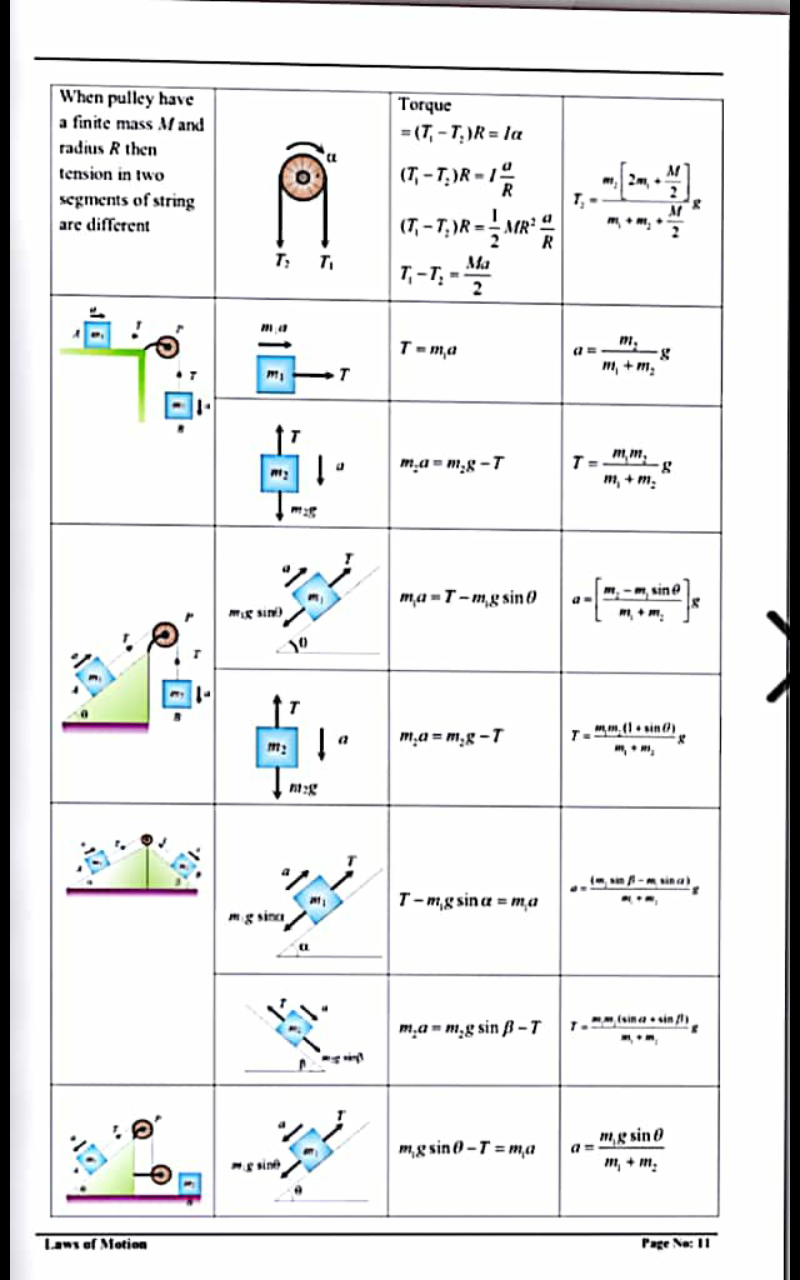
Question and Answers Forum
OthersQuestion and Answers: Page 108










Pg 103 Pg 104 Pg 105 Pg 106 Pg 107 Pg 108 Pg 109 Pg 110 Pg 111 Pg 112
|
Question and Answers Forum |
OthersQuestion and Answers: Page 108 |

|

|

|

|

|

|
| A force F = 2t i + 5j acts on a particle of mass 2kg. find the velocity and the magnitude of the impulse that acts on the particle within the time range 1s ≤ t ≤ 3s |
| given that f(x)= x^3 − 3x^2 + ax + b and (x−1) is a factor of f(x) also the maximum value of f(x) at poin where x = 1 is 12 find a) (dy/d) (f(x)) b) the values of a and b c) factorise f(x) completely d) hence evaluate ∫_3 ^4 [f(x)] dx |

|
| In Lambert W Function How would i simplify x = − ((W(((−ln(4))/8)))/(ln(4))) To get the values |
| If the average of 4 kids age is 3c and the average of two of them is 33. find the value of c. |
| If f be a linear function f (6)−f(12) =2 What is f(12)−f(2). |
| John′s age is 3x years 3 years after he was 27 years old what was his age 3 years before hence find the sum of the family ages Σ_(x=1) ^(60) (3x)^(3x−1) |
| write the expression of electrostatic force between two charges Q_(1 ) and Q_2 separated by distance r. for the following condition 1)in air 2)when die electric present between them 3)when die electric partially fill space betweenp them |
| find the minimum and maximum value of the quadratic functions a) 4x^2 + 5x + 1 b) x + (2/x) = 3 c) x^2 − (x/4) + 6 hence draw each draw |
| Given the lines l_1 :−3mx + 3y = 9 and l_(2 ) : y = mx + c find the value of m and c if the point (1,2) lie on both lines. hence the tangent of the curve y = (mx + c)^2 when it moves across the x−axis |
| if cos A= (3/5) and tan B = ((12)/5) where A and B are reflex angles find without using tables,the value of a) sin (A − B) b) tan(A−B) c) cos (A + B). |
| Solve for x in the range 0 ≤ x ≤2π the equations a) cos(x + (π/3)) = 0 b) sin x = cos x. c) sin 2x + 2sin x = 1 + cos x |
| show that a) ((1 + 2sin2θ − cos2θ)/(1+sin2θ + cos 2θ)) = tan θ b) tan^2 A − tan^2 B = ((sin^2 A−sin^2 B)/(cos^2 A cos^2 B)) |
| Domain of the explicit form of the function y represented implicitly by the equation (1+x)cosy−x^2 =0 is (a) (−1,1] (b) (−1, 1−(√)5/2] (c) [1−(√)5/2, 1+(√)5/2] (d) [0, 1+(√)5/2] |
| Given that θ is an obtuse angle find tan θ if cos θ =(3/5) |
| tan^(−1) 2 + tan^(−1) 3=cosec^(−1) x ,then x is equal to (a) 4 (b) (√2) (d) −(√2) (d) none of these |
| Find the value of x if the matrix (((3x 5x)),((x 3)) ) (((x 1)),((3 x)) ) has no inverse |

|

|

|
Pg 103 Pg 104 Pg 105 Pg 106 Pg 107 Pg 108 Pg 109 Pg 110 Pg 111 Pg 112 |